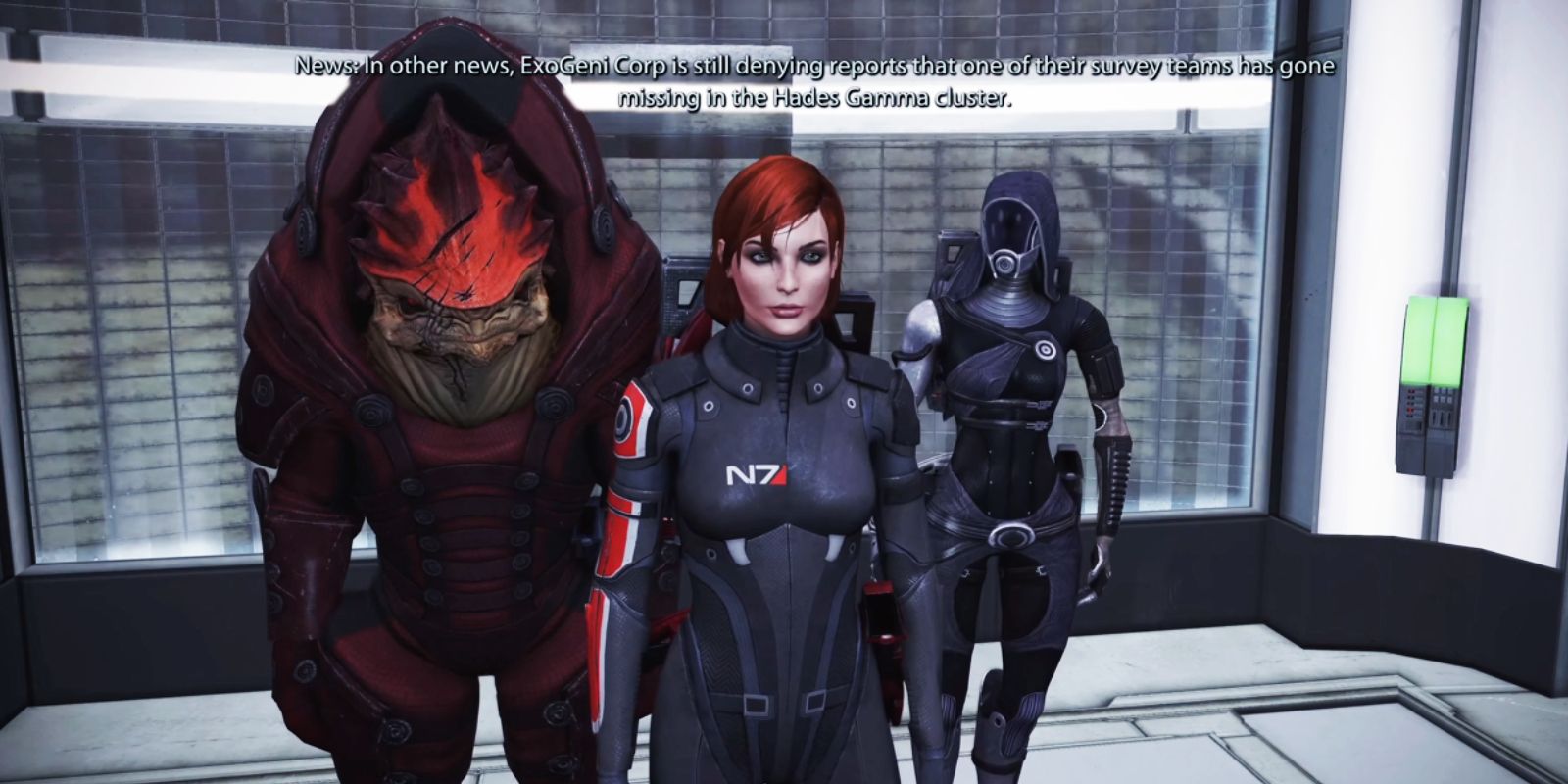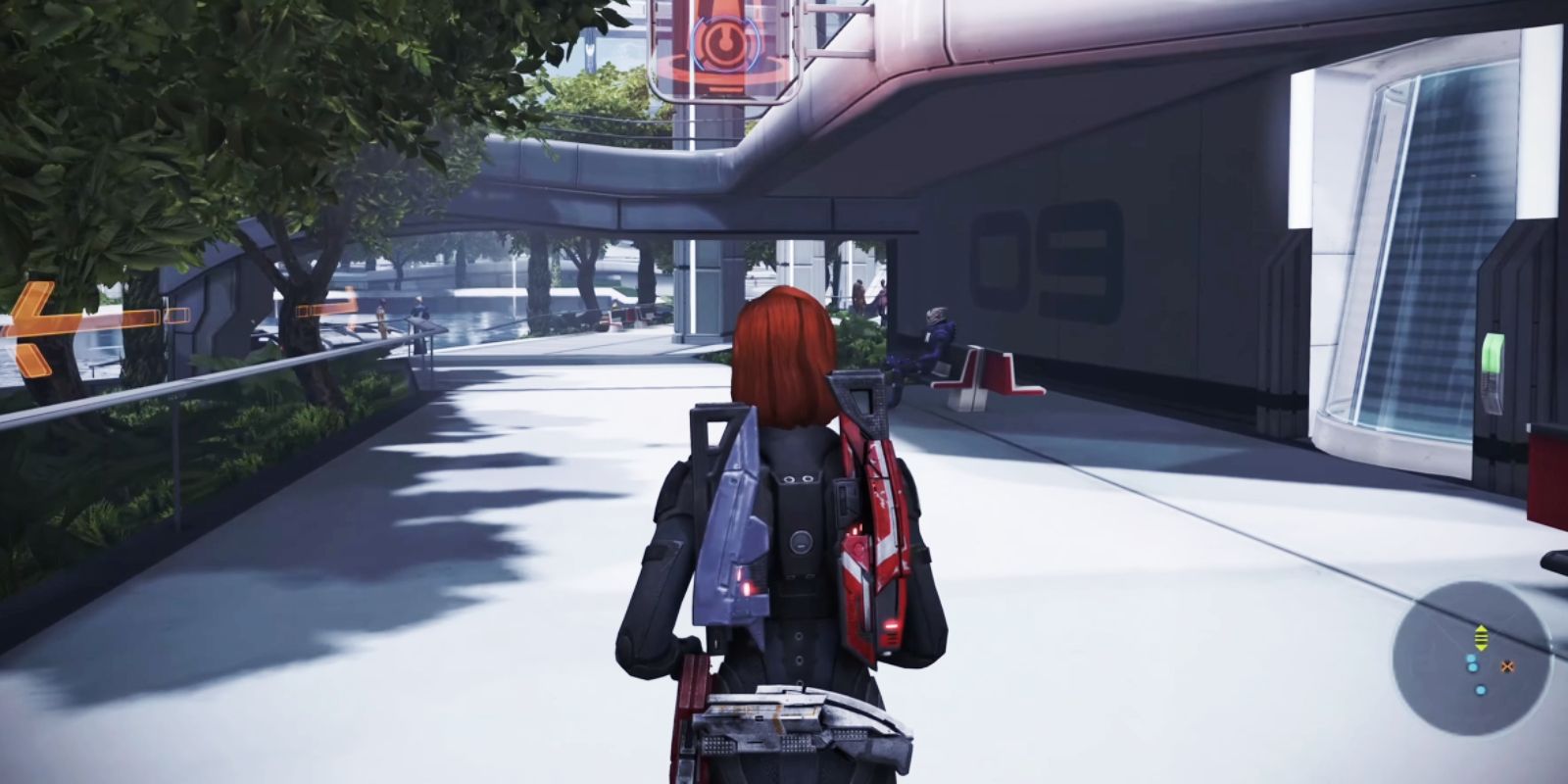The Mass Effect series arguably set the standard for story-based RPGs, featuring an evolving narrative across the trilogy and a strong emphasis on character relationships. The focus on dialogue and player choices are exemplary of the genre, but they aren't the only aspects of Mass Effect that had a heavy influence on RPGs as a whole. Some features, while they may be more subtle, serve to make the series feel significantly more immersive - and make the world of the games seem much more real to players.
Throughout the course of the trilogy, players are able to make several large choices that have a significant impact on the story of the series. Various crewmates can experience different character development in Mass Effect depending on how Shepard interacts with them, and many can even die if players make certain decisions. The carrying over of choices from previous games into latter parts of the franchise is a large part of what makes the Mass Effect universe so compelling, and other BioWare franchises such as Dragon Age employ similar storytelling tactics.
However, there's more to making the galaxy feel fleshed out than just pivotal story beats. Smaller aspects of the series, while significantly more understated and easy to miss, serve to create a world that seems genuine. From the in-game codex to the sprinkling in of references to Shepard's backstory - which can be changed by players at the start of the game - many gameplay elements work together to create a compelling and convincing experience for fans. In this regard, Mass Effect's side quests are arguably just as important as the main story of the trilogy.
How Mass Effect Made Side Quests More Immersive
There are dozens of side quests available in the Mass Effect games. Some of these are more essential than others - the loyalty missions in Mass Effect 2 are required in order for crewmates to survive the game's finale - but the majority are optional assignments. Many of these quests, however, flesh out the world of Mass Effect and often play roles in future games. For example: Cerberus, which can be encountered in a chain of assignments in Mass Effect 1, is a major player in ME2 and ME3. The overall story significance of these smaller missions isn't their most notable aspect, though - Shepard's method of acquiring them is.
Several quests can be picked up by listening to news broadcasts on the Citadel elevators, or by traversing planets and finding new characters or data that lead to further missions. This serves to make the game's missions feel natural and immersive, something that would later become a common feature in game design. This is just one of several features that the game doesn't make apparent to players. Each companion in Mass Effect 1 also has a place on a hidden Paragon and Renegade scale, which impacts who presents which option during crucial choices in the series. For example, Liara will always suggest the Paragon option when paired with Garrus, but may take the Renegade side of things when traveling with Kaidan.
Players can also find asteroids, ships, and other landmarks not visible on the galaxy map by searching near planets or asteroid belts while within a system. Not every character will chase Shepard down to ask for help, either, and talking to NPCs or listening in on conversations frequently leads to new assignments to undertake. These features, while not immediately visible, help to flesh out Mass Effect to such an extent that it impacted the gameplay methods of many other RPGs moving forward.


